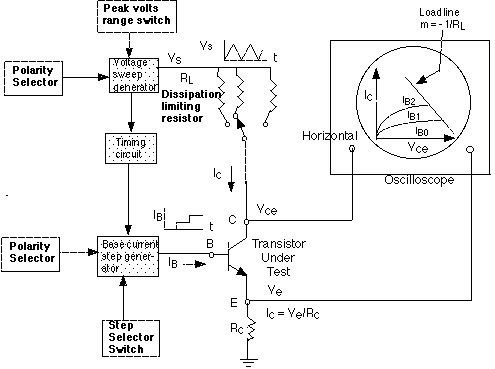Heat Loss Coefficient Solar Panels

For solar panels this impact is reflected through the temperature coefficient which is expressed as the percentage decrease in output for every 1 degree celsius c increase in temperature from 25 c 77 f.
Heat loss coefficient solar panels. Solar panels are tested for their efficiency at 25 c and that is why this is used as the reference point. If a panel with a temperature coefficient of 0 4 c were to reach an extreme heat of 65 c it would reduce output by as much as 26 0 4 x 65. The module temperature is determined by the equilibrium between heat generated in the pv module by the sun and the conduction convection and radiative heat loss from the module. So on an average we are losing 40 watts 25 years 1 6 watts per year or 0 8 per year.
When the absorptivity α of the coating on the heat absorber is increased τα can increase as well. So for every degree above 25 c the maximum power of the panasonic solar panel falls by 258 for every degree below it. Ul uup u. The expression for the collector overall heat loss coefficient ul can be written as.
When the emissivity ε of the coating on the heat absorber is decreased the heat loss coefficient u l will decrease. For example a solar panel of 200 watts will produce 80 of 200 160 watts in the 25th year from now due to degradation reversible and irreversible degradation with time. If you have solar panels with an efficiency rating of 17 percent and a temperature coefficient of 0 45 they will lose 0 45 of their efficiency for every degree above 25 c. For example the temperature coefficient of a panasonic hit 330w n type 96 solar panel is 258 per 1 degree celsius.
If the surface temperature of your roof increases to 30 c 86 f your solar panel s efficiency will fall to 16 7 percent. Uedge 2 the energy lost from the collector plate from its upper side uup consists of radiation and convection to the glass cover system. Or in other words 40 watts are lost with time. This is the maximum power temperature coefficient.
Certainly the heat loss coefficient can be high with fewer layers. Stc stc is the standard test condition temperature where the module s nameplate power is determined. The effective optical efficiency of the fabricated collector effective heat loss coefficient and the efficiency of the collector was found to be 72 7 8 422 w m k 36 73 respectively. Heat conduction conductive heat losses are due to thermal gradients between the pv module and other materials including the surrounding air with which the pv module is in contact.
It tells you how much power the panel will lose when the temperature rises by 1 c above 25 c.















































